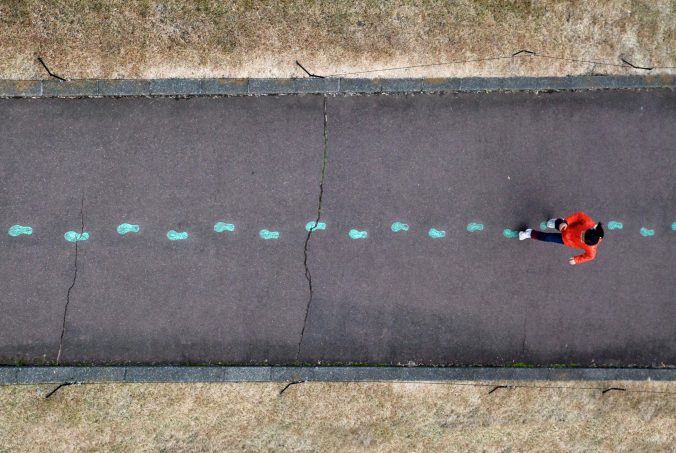The film, Most Likely to Succeed (2015), is a refreshing take on what education could look like. By treating people with respect and honouring their autonomy and agency, we can, I believe, create respectful, autonomous citizens that use their agency in constructive ways. This was an excellent example of allowing the student’s natural processes to create situations where learning is necessary, learning is activated, and learning is accomplished. This holistic approach of educating the whole person is a powerful approach that contributes to the processes of life beyond the institution of education.
Of course, this film also highlights the power that the post-secondary institutions have; the barriers that remain in place that act as a filter to allow only a particular type of student entry beyond its doors; as well as the unfortunate disconnection colleges and universities have from progressive pedagogical practice. I recognize this film was set in the United States of America, but it reminds us that we still have work to do up here north of the forty-ninth to make post-secondary education and training accessible to all learners.
One thing I noticed that was absent from the film that I would have liked to see (and maybe it was there and I just missed it, or it exists but was not the focus in the film) were the personal or group projects that the adults were engaged in for their own learning. I think this is a very important part of education that is, for the most part, missing from the classroom. When do the teachers learn? What are they learning? What is their process for learning? What could this teach-by-modelling approach offer to students? Anyone who has worked with children may know that children naturally grow to become like the adults around them, for better of for worse. We need to be invested in our own projects, in our own learning around children to model what it means to be a learner – to practice, to make mis-takes, to accept challenge, to persevere, to research, to be humble in the face of not knowing. This film highlights the need for a change in the way we think of education, the way we do education, and the way we are education.
